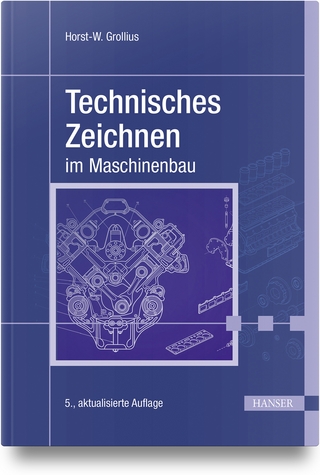
COMPUTER-AIDED ANALYSISPB
Routledge (Verlag)
978-0-273-03148-2 (ISBN)
- Titel ist leider vergriffen;
keine Neuauflage - Artikel merken
This is a textbook for undergraduates in electronic engineering, communications engineering and CAD. The author introduces the reader to the theoretical basis of the analysis and design of analogue electronic circuits and thereafter concentrates on the practical aspects of the various techniques employed. This is achieved by illustrating the algorithms with small computer programs written in the language Modula-2. This is the most suitable language for writing small to medium sized programs in this environment. Modula-2 syntax diagrams are included in an appendix. The reader's understanding of the material is aided by worked examples and end of chapter chapter. While there is considerable emphasis on the design of digital circuits (VLSI) in most courses, addressing analogue circuits is mandatory on all UK courses. The book avoids dependence on any particular software design package but includes an introduction to SPICE. This is currently the most commonly used package in the research and development of circuits and incorporates many of the analysis techniques described in the text.
Part 1 Frequency - domain response of linear networks: the frequency response function; frequency response evaluation; the network gain; the network phase; display of the frequency response. Part 2 Poles and zeros of the transfer function: factorization of a polynomial; Newton-Raphson method; Svejgaard's method; estimation of smallest root; polyomial deflation. Part 3 Numerical analysis of linear networks: the graphs of passive networks; solution of the nodal equations; analysis of reactive networks; analysis of active networks; networks containing operational amplifiers; limitations of numerical network analysis. Part 4 Symbolic network analysis: trees of the network graph; determinant of the y-matrix; cofactors of the y-matrix; symbolic network functions of passive networks; spanning tree enumeration; common spanning tree enumeration; symbolic network functions of active networks; signs of the admittance products; limitations of symbolic analysis; parameter extraction. Part 5 Time-domain analysis of linear networks: the inverse laplace transform approach; numerical convolution; state variable representation; the physical state variables; state variable representation from the transfer function; approximate solution of the state variable equations; matrix exponential solution of the state variable equations; transfer function from the state variable representation. Part 6 Numerical integration: trapezoidal integration; adoptive integration. Part 7 Optimization of electronic networks: function minimization; the objective function; sum-of-moduli; sum-of-squares; maximum-modulus; error weighting; optimizing with one variable; single variable; approximation methods; single variable; search methods; golden-section search; optimizing in N dimensions; simplex optimization; steepest-descent optimization; least-squares optimization; constrained optimization. Part 8 DC analysis of non-linear networks: networks containing a single non-linear element; general non-linear network equations; multidimensional Newton-Raphson algorithm; component value determination. Part 9 Tolerance analysis: worst-case analysis; component value distributions; method of moments; Monte-Carlo analysis; random number generation; non-uniform distributions. Appendices: SPICE network simulator - network description, resistors, capacitors and inductors, independent sources, AC analysis, semiconductor models, DC analysis, transient analysis, linear dependent sources sub-circuits; modula-2 definitions.
| Erscheint lt. Verlag | 1.12.1992 |
|---|---|
| Zusatzinfo | 151 illustrations, bibliography, index |
| Verlagsort | London |
| Sprache | englisch |
| Gewicht | 454 g |
| Themenwelt | Informatik ► Weitere Themen ► CAD-Programme |
| Technik ► Elektrotechnik / Energietechnik | |
| ISBN-10 | 0-273-03148-1 / 0273031481 |
| ISBN-13 | 978-0-273-03148-2 / 9780273031482 |
| Zustand | Neuware |
| Haben Sie eine Frage zum Produkt? |
aus dem Bereich


